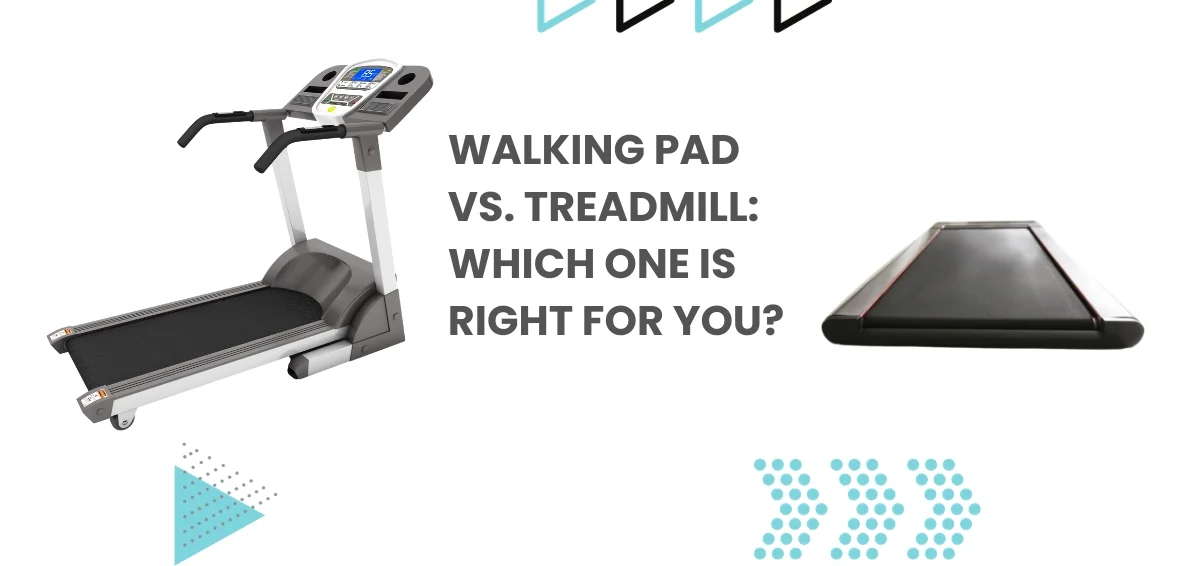
Scapula pull-ups are one of the challenging pulling movements that build upper back strength. The exercise involves bringing your shoulders back and down. It is great for newbies and those who have mastered the regular pull-ups. Scapula pull-ups mainly target the rhomboids, traps, lats, and serratus anterior muscles. These are the thin muscles covering the side of the rib cage. The distinct thing about these pull-ups is that they take the shoulder out of the picture, moving the focus to the back muscles. These pull-ups also correct muscle imbalances for those with a desk job. Let’s learn about how to perform this pull-up and how it benefits you.
Also Check: Dip Bar Exercises
Mastering the Scapula Pull-Up: Steps to Follow
You must know the proper technique to perform these pull-ups correctly and benefit from them. Here’s a stepwise breakdown of how to do them.
- Grip the pull-up bar with an overhand grip.
- Hang from the par with your arms fully extended.
- Begin the pull-up by retracting your shoulder blades. You must pull your shoulder blades in the direction of your back pockets.
- Avoid bending your arms while doing so.
- This is the scapular position. Hold it for a second and then release it to the initial position.
- Performs several repetitions of this movement.
Experimenting With Scapula Pull-Ups: 4 Variations
Incorporating traditional scapula pull-ups into your workout routine is easy. If it’s been some time since you’ve been doing the regular scapula pull-ups, try these variations to take your pull-up up a notch.
1. Burpee Scapula Pull-ups

Burpee scapula pull-ups are great for those wanting to add some cardio to their upper body workout. Here’s how to do them.
- Place your hands on the ground and go into a plank position.
- Now, jump your feet back up, lifting yourself into a squat position.
- Grip an overhead bar and perform the scapula pull-up.
- Lower yourself to the floor to repeat the movement.
2. Extended Scapula Pull-Ups

Extended scapula pull-ups are for those who are familiar with the regular ones. The only thing you are required to do here is to retract your scapula more than you do while doing the usual scapula pull-ups.
3. Assisted Scapula Pull-Ups

The assisted scapula pull-up variation is perfect for beginners. Here’s how to practice them.
- Place a resistance band around the pull-up bar.
- Put your foot inside the band’s other end and then perform the scapula pull-up.
- The resistance band helps you perform the upward part of the pull-ups, which is the most challenging.
4. Weighted Scapula Pull-Ups

Weighted scapula pull-up is an advanced variation. There’s no change in how the pull-ups are performed. You wear weights while performing the traditional scapula pull-up. The addition of a weight helps you strengthen the muscle more effectively. If there’s no weight, use a resistance band or dumbbells.
Why Incorporate Scapula Pull-Ups Into Your Routine?
Many pull-up variations, like toes to the bar and muscle ups, can lead to injury if not performed correctly. Sometimes, the shoulder is placed in a position that may cause impingement. Poor scapular strength places stress on the rotator cuff, an important shoulder tissue. A scapula pull-up helps remediate all these problems. Engaging the scapula improves its strength, which lowers the likelihood of these issues. Here are the major benefits of scapula pull-ups.
- These pull-ups lead to balanced upper body development. They build strength in the shoulders and upper back, preventing your dominant shoulder from taking over when you do the regular pull-up.
- Pull-ups improve scapular mobility by increasing the range of motion of the shoulder blades. This makes them one of the best exercises for those who sit for long hours at work or elsewhere.
- Regularly doing scapula pulls helps improve performance in other daily physical tasks. It leads to better functional fitness.
- Scapula pull-ups build greater stability and control in the region, leading to an injury-resistant upper body.
Complementary Exercises for Scapula Pull-Ups

There are several other exercises you can do to improve scapula pull-ups. Here are some of the best movements that positively complement these pull-ups.
1. Hollow Hold
Hollow hold engages your core and back, helping you perfect the pull-up position.
- Lie with your back to the floor.
- Extend your arms by your ears.
- Raise your legs and arms off the floor to enter the hollow position.
2. Hanging Hold
Hanging hold helps you improve your grip strength, which is so essential to perform scapula pull-ups.
- Dead hanging from a bar.
- Pull your shoulders down.
- Squeeze your lats into a reverse shrug.
3. Bent Over Row
Bent-over rowing engages your lats and biceps. Building muscle strength in both helps improve the scapula pull-up.
- Come into a lunge position. Your left foot is forward, and your right foot is behind you.
- Grab a dumbbell with your right hand. Your left elbow should be on your knee.
- Bend your elbow to 90 degrees as you pull the weight up to your chest position.
4. Dead Hang
Dead hangs give you a superior grip. They also stretch your lats properly.
- Grab the bar with a pronated grip.
- Hang from the bar. Your arms should be fully locked out.
- Your feet should remain off the ground.
- Keep your shoulders relaxed and elevated.
- Engage your core to maintain a good balance.
- Remain in this position for about 10 to 60 seconds.
Read Also: Bodyweight Pull Exercises
5. Scapular Push Ups
These push-ups are a great warm-up exercise that prepares you for the pull-up. Here’s how to do them.
- Get into an all-fours position.
- Bring yourself into a high plank position.
- Squeeze your quads and glutes.
- Retract your shoulder blades while keeping your arms straight.
- Pause and then protract your shoulder blades.
- Repeat the movement.
Final Words
Scapula pull-ups improve upper body strength and stability. Doing them consistently will make you less likely to incur shoulder injuries. Variations like burpees and weighted scapula pull-ups add versatility while also helping you improve your existing fitness level. Complementary exercises like the hollow hold and bent-over row further strengthen related muscle groups. Make scapula pull-ups a regular part of your routine to build overall functional fitness and injury resilience.










